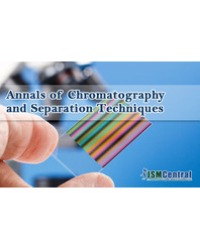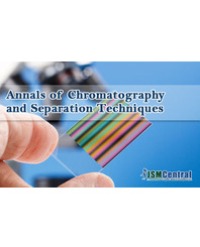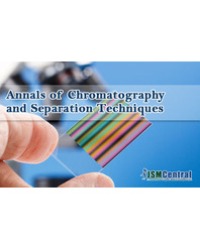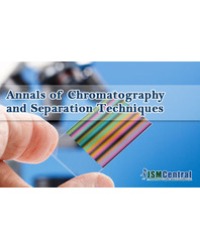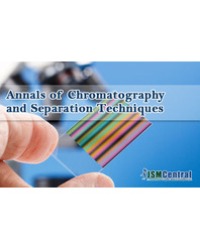
Adsorption Performance of Laccase Modified-Red Mud for Acid Fuchsin Dye Removal from Aqueous Solutions
One of the powerful treatment processes for the removal of dyes from aqueous solutions is adsorption method. In this study, removal of Acid Fuchsin dye from aqueous solutions has been studied by using Red Mud (RM) waste material after its modification with laccase from Russulaceae (Lactariusvolemus). Laccase was purified by using saturated precipitate (NH4 )2 SO4 , DEAE-cellulose and immobilized on red mud. Batch adsorption experiments have been performed as a function of pH, contact time, temperature, and adsorbent dosage. The Freundlich equation was found to have the highest value of correlation coefficient compared with the Langmuir model. In addition, pseudo-first-order and pseudo-second order models were used to study the kinetics of Acid Fuchsin dye adsorption onto RM and laccase modified-RM. It was proved that adsorption process undergoes pseudo-second-order kinetic by the high value of correlation coefficient. Thermodynamic parameters including the Gibbs free energy, enthalpy and entropy changes indicated that the adsorption of Acid Fuchsin dye onto laccase modified-red mud was feasible, spontaneous and endothermic. The results show that the laccase modified red mud can be used for the treatment of aqueous solutions as an alternative low cost adsorbent.
Hayrunnisa Nadaroglu¹,², Ekrem Kalkan³, and Neslihan Celebi⁴*

